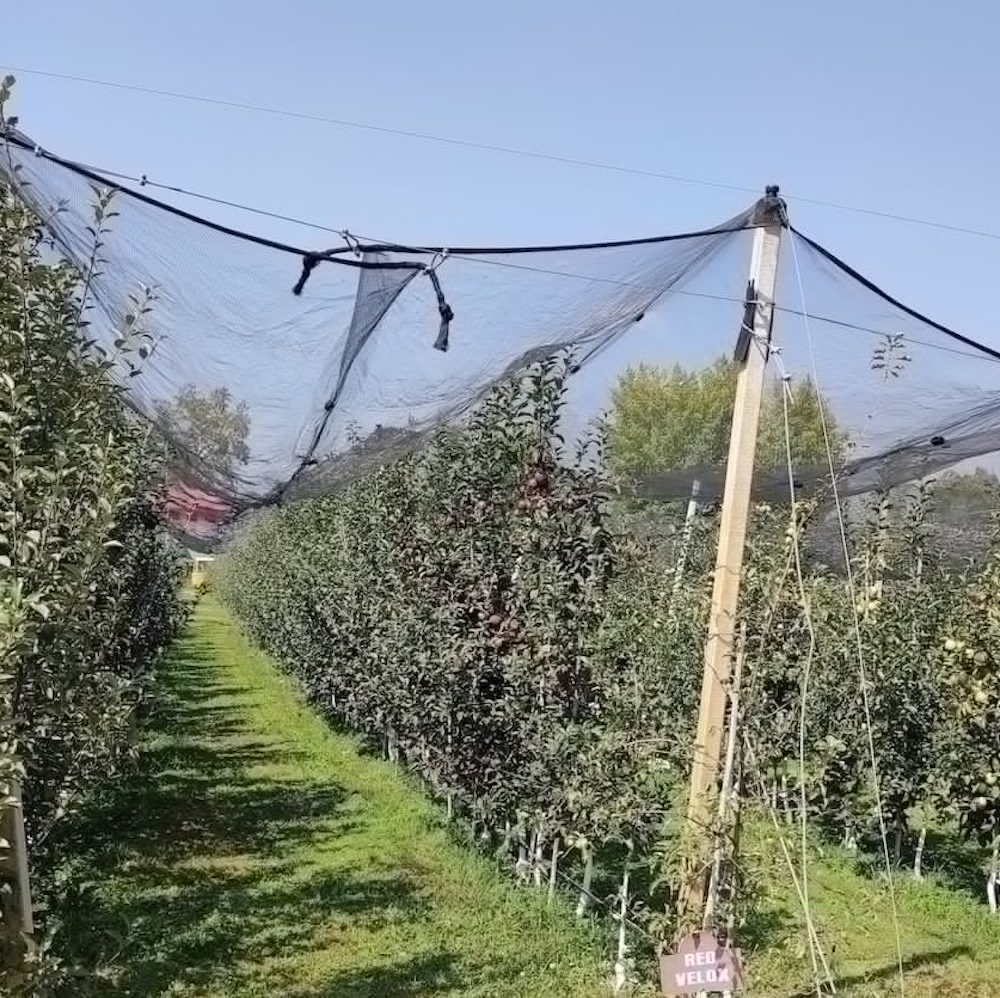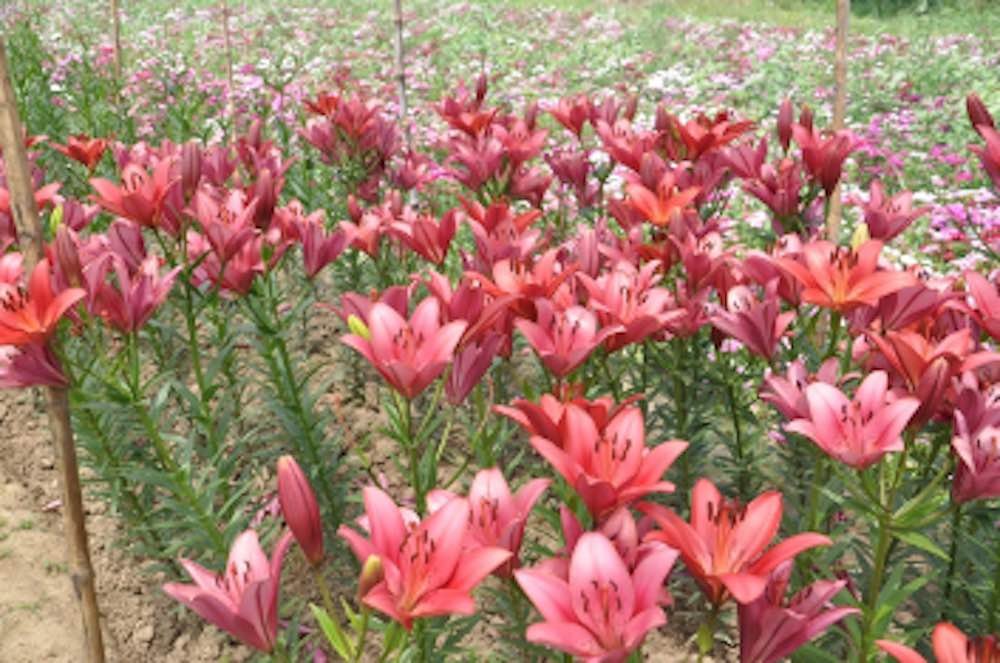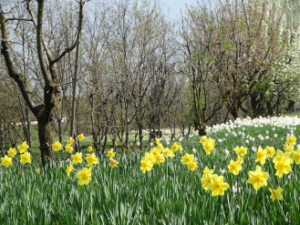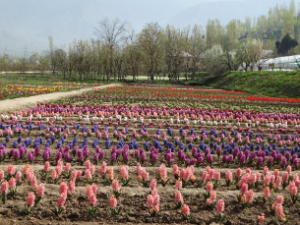BK News
Jammu, Jan 21: To rejuvenate horticulture sector in Jammu and Kashmir, the UT government has formulated a strategy to produce 4 crore fruit plants for bringing 10,000-hectare land under super high-density fruit plantation in next two years.
In this connection about 2 lakh exotic scion wood stocks are being made available to the nursery growers for the propagation of elite planting material, an official statement said.
Horticulture Department has developed about 250 hectares of land in super high density and 2400 hectares in medium high-density orchards in the last two years in Kashmir.
High-density orchards are being developed under the J&K Government’s rejuvenation programme to give further boost to the horticulture sector, which is one of the major employment providers and economic contributors in the union territory.
To give impetus to the horticulture sector, the government has taken several steps to boost the sector by providing high-yielding plants to the growers.
J&K Government has also declared horticulture a thrust area and is taking a number of steps like import of three lakh apple clonal rootstocks for multiplication and production of elite planting material has been made from Advanced Countries which will generate about 12 lakh rootstock after its establishment period of two years, an official spokesperson said.
Also, around 2 lakh quality plants have been produced in public sector nurseries and distributed among the farmers in Kashmir.
Plantation nurseries
In Kashmir division, three Hi-Tech walnut nurseries at Zawoora, Srinagar; Brakpora, Anantnag and Chandigam, Kupwara have been established and about 20,000 walnut seedlings are being produced annually for further propagation in controlled conditions.
To complement the above-established nurseries, one Almond/stone fruit nursery is under establishment in southern Shopian district which would eventually produce about two lakh fruit plants annually.
In addition, the Horticulture Department has established Centre of Excellence at Zawoora, Srinagar which serves as a demonstration-cum-training centre besides germ plasma and clinical facility to the growers is also provided through this centre. So far, 20 Controlled Atmosphere (CA) Storage Projects with 1.70 lakh Metric Tonnes of storage capacity and 30 Food processing projects have been created for fresh fruit retention.
On farm mechanization front, fruit growers in Kashmir division have either provided or established 404 vermicompost units, 342 On-Farm Handling units, 176 Bore wells, 9692 other machinery equipment viz motor power sprayers, tillers, tractors, weeders, tools/implements etc.
Under backyard horticulture, 4 lakh different kinds of fruit plants at 90% subsidy were provided to inhabitants of Kashmir Division.
Govt Schemes
Horticulture Department is providing about 50% assistance on the establishment of Food Preservation units, CA storage units (Project-based) in collaboration with CSS MIDH, MOFPI and UT Government, an official spokesperson said.
Besides, the department is organizing training cum awareness programmes in Food and Vegetable Preservation for human resource development and Entrepreneurship programme. The Department is organizing awareness programmes in all districts of Kashmir division under ATMA and a mega Kissan Mela was also organized on 5th of March 2020 for mass awareness of fruit growers.
By showcasing their mettle outside J&K, Award of Excellence was also conferred to the stall presented by Directorate of Horticulture Kashmir in an event “International Workshop on “Value Addition And Agro-Processing” organized by the Government of Kerala.
Horticulture is the core sector of agriculture in Kashmir and is considered as the backbone of J&K economy contributing over 8% towards Gross Domestic Product (GDP) of the Union Territory besides generating employment avenues for the young generation.
The official data reveals that in Kashmir division 7 lakh farming families consisting of 35 lakh souls are directly and indirectly associated with this Sector.

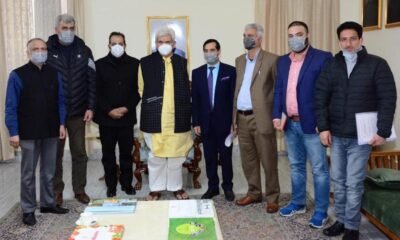

 Industry5 years ago
Industry5 years ago


 Economy3 years ago
Economy3 years ago
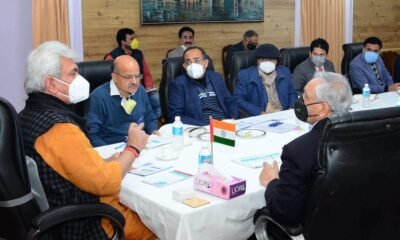

 Energy5 years ago
Energy5 years ago
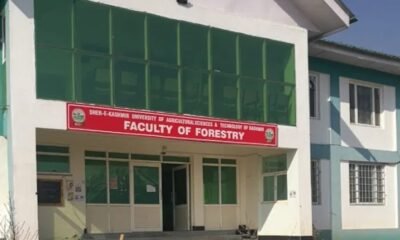

 Infra5 years ago
Infra5 years ago
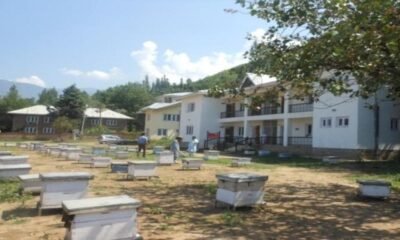

 AgriBiz5 years ago
AgriBiz5 years ago


 Review5 years ago
Review5 years ago


 Jobs5 years ago
Jobs5 years ago
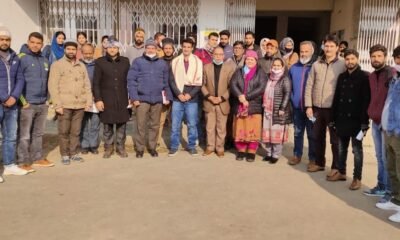

 Careers5 years ago
Careers5 years ago
